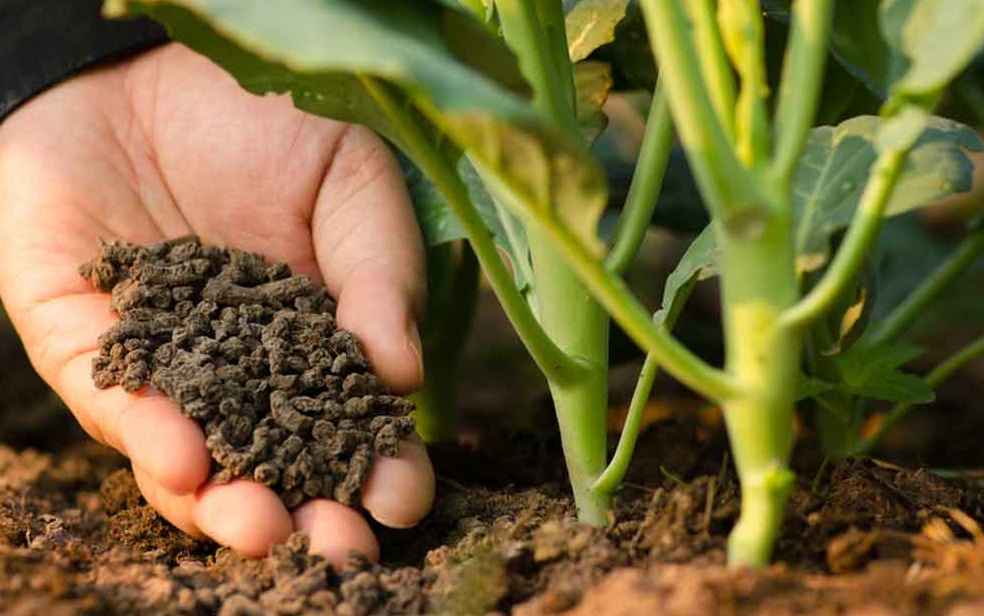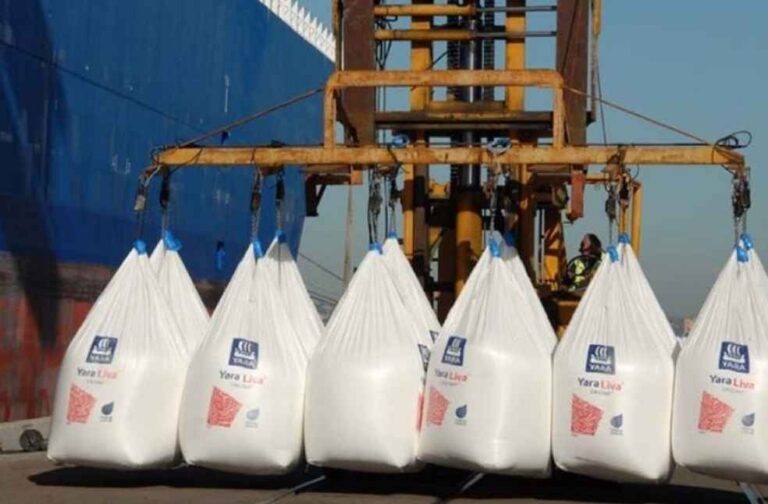Russia, a major global fertilizer distributor, continues to experience export growth even in a volatile dry bulk market. Despite facing global challenges and ongoing conflicts with Ukraine since February 2022, the country continues to dutifully fulfill its role steadily.
The patterns of trade have transformed within the Russian fertilizer market, which traditionally favored Handysize vessels. Now, increased exports necessitate the use of larger Panamax vessels, suggesting a shift in market dominance. Despite Russia’s continual appeals for lighter export restrictions, it’s the fertilizer sector that continues to bloom and cater to the worldwide demand from agrarian economies.
Positioned as the world’s largest exporter of fertilizers, Russia’s prowess extends notably to dry bulk fertilizers such as potash, phosphates, sulfur, and urea. Hindered pipeline exports led to a minor stumble in ammonia exports in 2022, yet the nation witnessed an upswing of 13.6% in overall fertilizer exports. Remarkably, the first half of 2023 reported a year-over-year increase of 50.5%. Currently, Russia feeds over 12% of the global trade of dry bulk fertilizers, holding more than 14% of the total fertilizer shipping demand.

Importing nations, specifically Brazil, India, the US, and China, have shown a rising affinity for Russian fertilizers. Despite a contraction of Brazil’s total fertilizer imports in 2022, its share of imports from Russia expanded. Trade figures from Russia leaped from 18% in 2022 to 24.5% year-to-date in 2023. Following this trend, Russia’s fertilizer trade with India and China burgeoned, registering an increase in imports from 5.1% in 2021 to 20.1% in 2023 for India, and a colossal rise from 8.5% in 2021 to 41.3% in 2023 for China.
Not only has this unprecedented growth in fertilizer trade with Asia augmented Russia’s export stature, but it has also led to a significant alteration in shipping patterns. The lengthy trade routes between Russia and Asia instigated a transition in vessel preference, swapping the once-dominant Handysize for Panamax, now claiming the lion’s share of exports from the Baltic Sea in 2023.
Predictions for the market suggest that Russian fertilizer exports will continue their upward ascent through 2023, undeterred by looming hurdles. Despite economic sanctions imposed on Russia and the proprietors of Russian fertilizer companies, and even the country’s disconnection from the SWIFT global payment network, these factors don’t appear to have significantly disrupted the flow of Russian fertilizers into the US. The proportion of US fertilizer imports coming from Russia has grown considerably, reaching 19.7% for the year-to-date share in 2023.

Thus, it’s clear that Russia, fortified by a robust potash market, will maintain its significant foothold in the global fertilizer market. This performance not only adds vigor to Russia’s economic outlook but also infuses life into a sluggish dry bulk market, signaling a beacon of hope for the broader economy.
BUSINESS GENERAL | 14th World Spice Congress: The Spices World Turns to Mumbai



